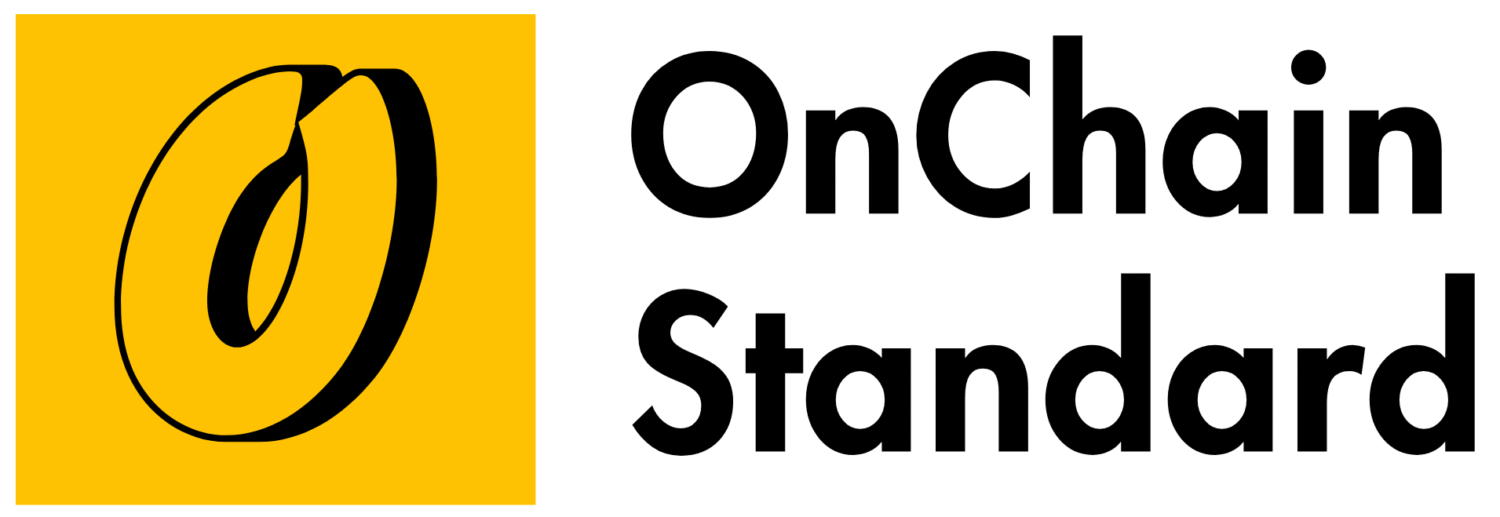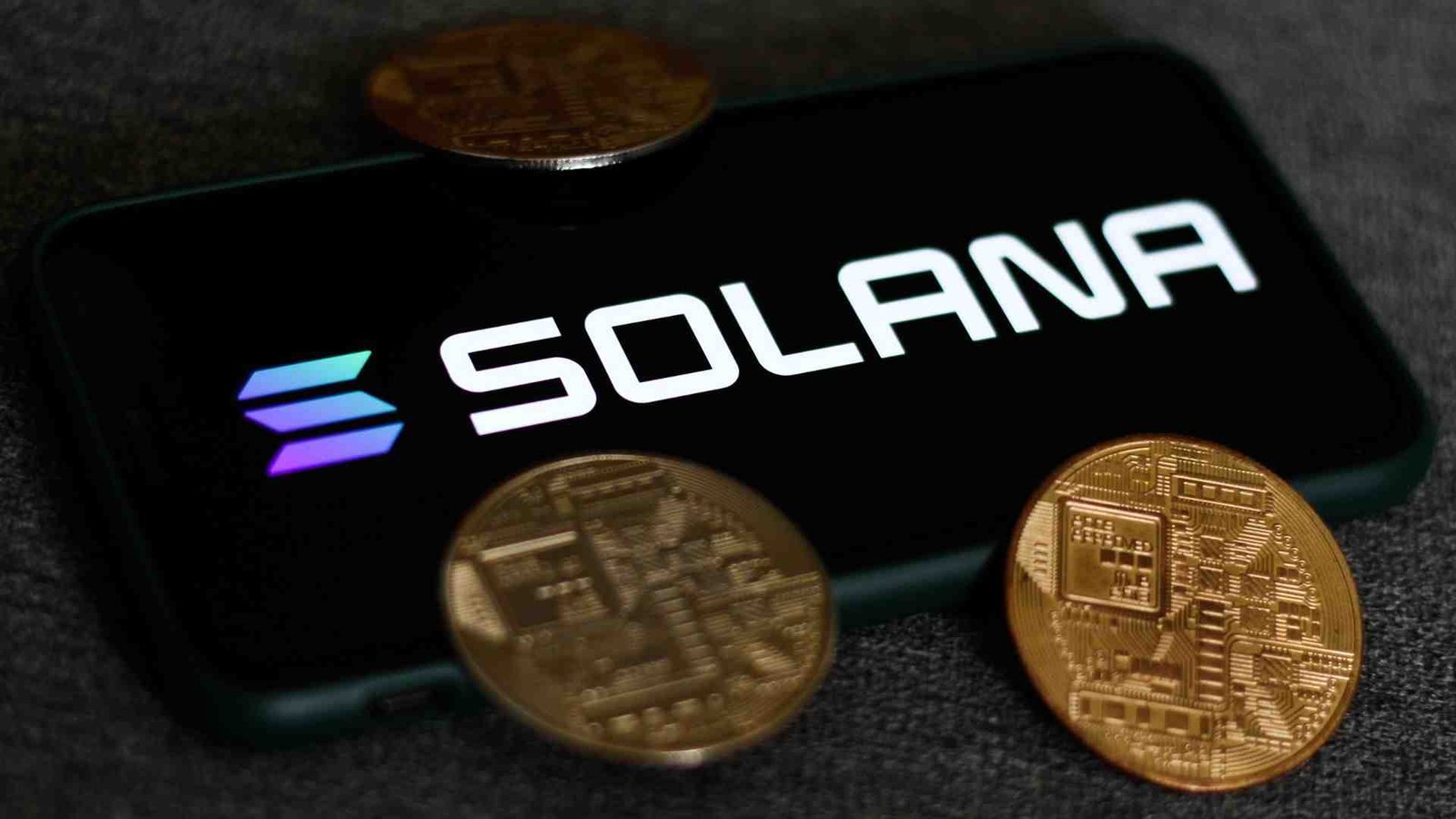Polygon’s Rise: How India’s Blockchain Projects Are Gaining Global Traction in 2025
Introduction: Polygon and India’s Blockchain Ascendancy
In 2025, India’s $6.4 billion cryptocurrency market, with 107 million users, is a global powerhouse, and Polygon, a Layer-2 Ethereum scaling solution, is at its forefront. Founded by Indian engineers, Polygon’s native token, POL (formerly MATIC), powers thousands of decentralized applications (dApps), from DeFi to NFTs, with a market cap of $2.53 billion, per CoinMarketCap. Its partnerships with giants like Reliance Jio and Starbucks highlight its global traction. This article explores Polygon’s rise, its role in India’s blockchain ecosystem, the challenges it faces, and actionable steps for investors to engage safely in this high-growth market.
Historical Context: Polygon’s Journey from Matic to Global Leader
Launched in 2017 as Matic Network by Jaynti Kanani, Sandeep Nailwal, and Anurag Arjun, Polygon rebranded in 2021 to focus on Ethereum scaling. Its $450 million raise in 2022, backed by Sequoia Capital and Tiger Global, fueled growth, per inc42.com. By 2023, Polygon powered 400+ dApps, processing 76 million transactions, per Economic Times. The 2020 Supreme Court ruling lifting the RBI’s crypto ban catalyzed India’s blockchain boom, with Polygon leading via partnerships like Infosys’s M-Setu for enterprise blockchain solutions. Despite a 75% market cap drop from $20 billion in 2021 to $2.53 billion in 2025, Polygon remains Ethereum’s top Layer-2 token by market cap, with a 40% surge in new addresses, per Outlook Business.
Data-Driven Analysis: Polygon’s Global Impact
Polygon’s metrics underscore its influence:
-
Market Position: Polygon’s $2.53 billion market cap ranks it among the top 20 crypto tokens globally, with POL at $0.24 in May 2025 (CoinMarketCap).
-
Adoption: Over 1,240 developers build on Polygon, supporting 40% of stablecoin activity on its PoS chain, per Mudrex.
-
Partnerships: Reliance Jio’s integration aims to onboard 450 million users to Web3 via Polygon PoS, per polygon.technology.
-
NFT Dominance: Polygon surpassed Ethereum in NFT sales volume in 2025, driven by projects like Courtyard, per Blockchain Magazine.
-
Scalability: The Bhilai Hardfork reduced transaction finalization to 5 seconds, aiming for 100,000 TPS.
India’s 1.2 billion mobile users and cheap data (₹10/GB) fuel Polygon’s growth, with 65% of trading from Tier-2 cities like Jaipur (Statista). Globally, Polygon’s zkEVM and low-cost transactions attract institutions like BlackRock, per Outlook Business. However, competition from Avalanche and Aptos, plus a bearish POL price outlook, pose risks, per Crypto News.
Real-World Examples: Polygon’s Global Traction
Polygon’s partnerships showcase its reach. In 2025, Reliance Jio integrated Web3 capabilities via Polygon PoS, targeting 450 million users for blockchain loyalty programs, per polygon.technology. The Indian government collaborated with Polygon and Airchains for a blockchain-based land ownership system, enhancing transparency, per Crypto Daily. Globally, Aavegotchi’s NFT gaming on Polygon grew its play-to-earn ecosystem, while Uniswap’s integration boosted DeFi liquidity, per Digital One Agency. Starbucks and Mastercard adopted Polygon for NFT and payment solutions in 2022–23, per Wikipedia. These cases highlight Polygon’s role in scaling blockchain for real-world use. Learn more at Polygon’s Blog.
Challenges and Solutions: Sustaining Polygon’s Momentum
-
Market Volatility: POL’s 75% market cap drop reflects broader crypto slumps (CoinMarketCap). Diversifying dApps, as Aave did, can stabilize revenue.
-
Competition: Avalanche and Aptos challenge Polygon’s Layer-2 dominance, per Qila.io. Its zkEVM and Agglayer upgrades counter this by enhancing scalability.
-
Regulatory Uncertainty: India’s delayed 2021 Crypto Bill risks offshore trading by 5 million users (Mudrex). SEBI’s 2025 framework could legitimize exchanges, boosting Polygon’s adoption.
-
Leadership Shifts: Co-founder Mihailo Bjelic’s 2025 exit raised concerns, per Blockchain Magazine. Sandeep Nailwal’s new role as Polygon Foundation CEO aims to stabilize leadership.
India can leverage Polygon’s developer ecosystem and global partnerships to drive Web3 adoption, as seen in Singapore’s 15% illicit trade reduction via KYC.
Future Outlook: India’s Blockchain Leadership by 2030
By 2030, India’s crypto market could hit $25 billion, with Polygon driving $5 billion in Web3 and NFT growth, per Chainalysis. Reliance Jio’s 450 million-user onboarding could make India a Web3 hub, per polygon.technology. The SEBI-RBI framework, if passed in 2025, may regulate exchanges, cutting scam losses by 25%, per PwC. Polygon’s Agglayer and zkEVM aim for 100,000 TPS, positioning it for global financial transactions. Investors should allocate 5–10% to crypto on FIU-IND-registered platforms, enable 2FA, and use cold storage. Businesses can adopt Polygon for supply chain transparency, as Mother Dairy did. India’s blockchain future hinges on Polygon’s innovation and regulatory clarity.
Conclusion: Polygon’s Global Blueprint from India
Polygon’s rise in 2025, from a $20 billion peak to a resilient $2.53 billion, underscores India’s blockchain prowess in a $6.4 billion market. Its partnerships with Reliance Jio, Starbucks, and the Indian government showcase global traction, while zkEVM and PoS drive scalability. Despite volatility and regulatory hurdles, Polygon’s 1,240 developers and 40% stablecoin share cement its leadership. Investors should use KYC-compliant platforms, diversify, and stay educated to navigate risks. As India’s crypto market eyes $25 billion by 2030, Polygon’s innovations position it—and India—as a global blockchain leader. Seize this opportunity with vigilance.




